A hospital system in San Diego is now exploring how the Apple Vision Pro could be an indispensable tool beyond static data, but also for overlaying scans and other health information over a patient being examined.
Sharp HealthCare, a California-based organization, is exploring the potential of spatial computing in healthcare. The organization has established the Spatial Computing Center of Excellence to investigate the usefulness of Apple Vision Pro in managing real-time medical information for doctors, nurses, and specialists.
In collaboration with Epic, a leading provider of electronic health record systems, Sharp has deployed 30 Apple Vision Pro headsets to healthcare workers.
"We have invested in enough devices so that, right away, we can have physicians and nurses and informaticists and software developers and others start using it," Dan Exley, Sharp's vice president of clinical systems, told the San Diego Union-Tribune. "We want them to work with us to figure out which tasks and workflows it's best for."
A nursing manager could visualize the stats of all patients assigned to the nurses they oversee. Doctors could view a patient's comprehensive medical history, x-rays, and body scans and quickly scan and select items with just a tap of their fingers.
The San Diego Union-Tribune notes one particularly interesting use case: an anesthesiologist could view critical information projected around the patient's head rather than inconveniently located monitors. It would allow doctors to visually monitor patients and their vital stats concurrently.
Apple, for its part, also believes that doctors and surgeons could make use of the new device. Apple executive Mike Rockwell believes that surgeons could even use it during surgery.
Dr. Tommy Korn, affiliated with the Spatial Computing Center of Excellence, tested the Apple Vision Pro and found it to be a helpful tool. However, he mentioned that patients should not expect their doctors to wear the headset during face-to-face meetings anytime soon.
According to Korn, if doctors wear a headset like the Apple Vision Pro while interacting with patients, it may reduce human interaction. He believes doctors could use it before patient meetings to get a deeper look at patients' records, allowing them to focus less on in-room computer screens.
 Amber Neely
Amber Neely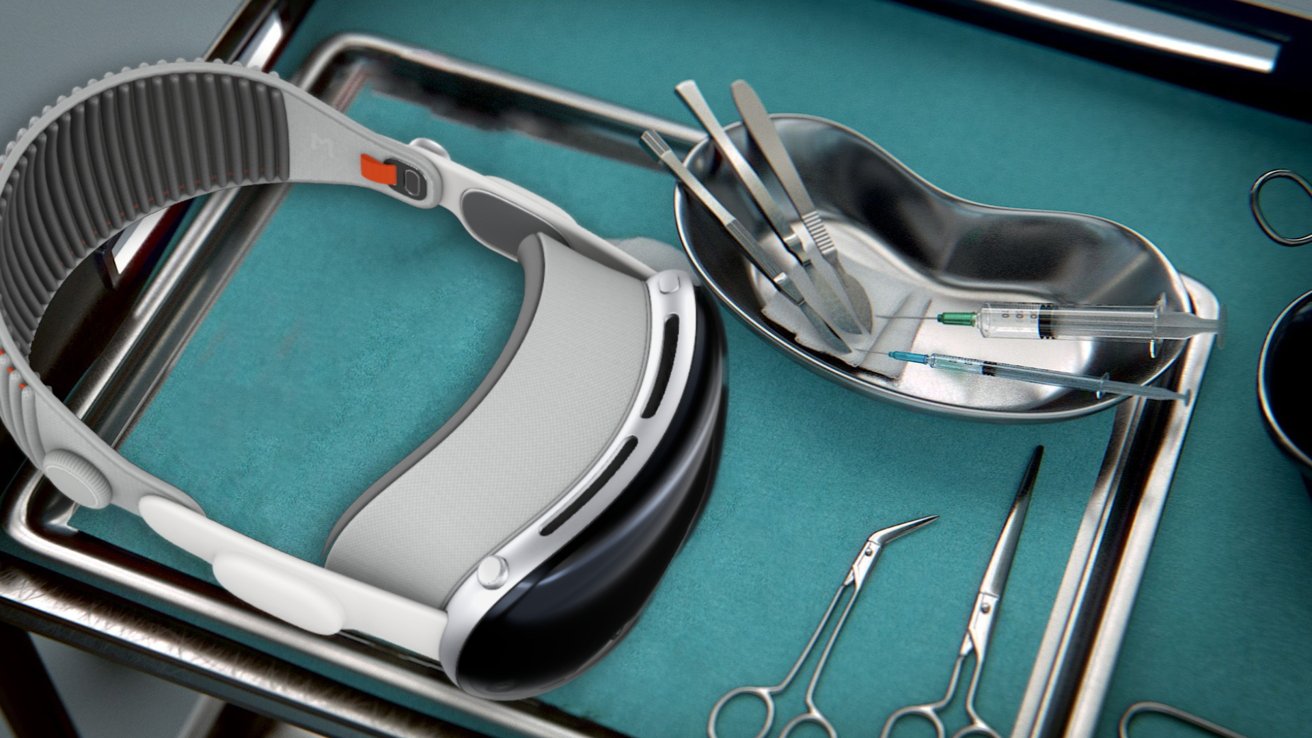
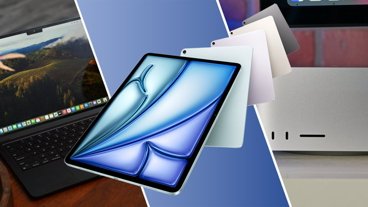

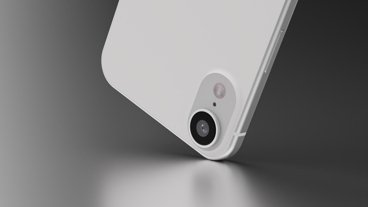
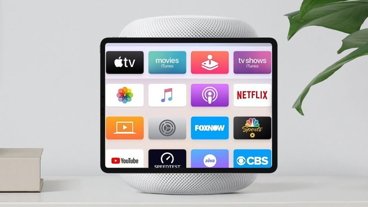
-m.jpg)


-m.jpg)





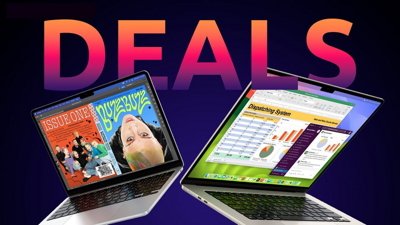
 Christine McKee
Christine McKee
 Chip Loder
Chip Loder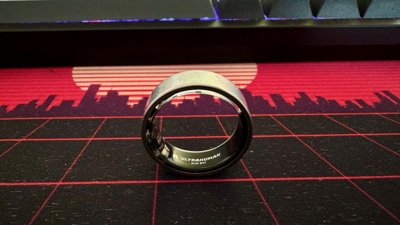
 Oliver Haslam
Oliver Haslam
 Malcolm Owen
Malcolm Owen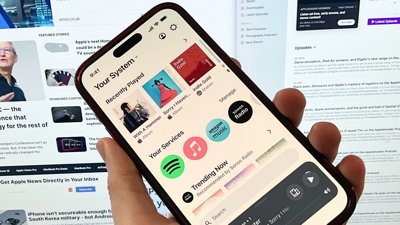
 William Gallagher
William Gallagher
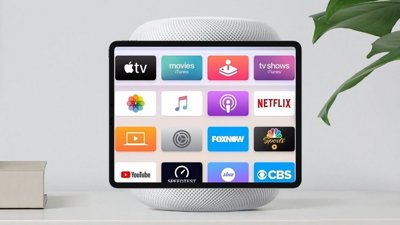
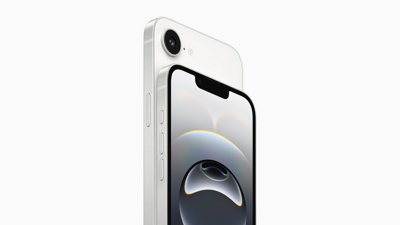
 Andrew Orr
Andrew Orr




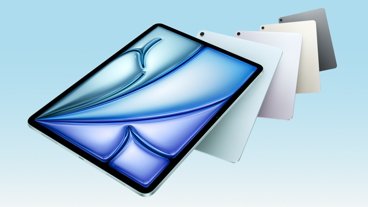
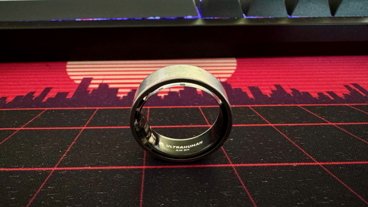

14 Comments
This has insane potential to improve healthcare delivery, especially in complex cases. It would be interesting if this could be done remotely eg by having someone with an iPhone 15 Pro take a video of a patient prior to complex surgery eg on the face and send it to a specialist who’s at a distance for their opinion.
I am hoping this is just the beginning for it to be used in MANY environments using Simulations and AR! I can't wait for new Developer ideas!
There is some potential here. Because of electronic record keeping, healthcare providers put a lot of attention to their computer screens while meeting with patients. Not sure that the Vision Pro over the eyes would be an improvement. I can see it more likely for the nurses while they check vitals and verify prescriptions than for a doctor conducting an interview or examination.
I could also see some utility in making multiple screens of data and imaging available to the doctor prior to meeting the patient.
The future comes up on you fast.
I see the greatest uses being while examining a patient or performing surgery and being able to reference things in real time while still looking at the patient and making observations. During surgery doctors could have access to references for what they’re doing while simultaneously performing the surgery. In the case of unknown circumstances, other doctors could be brought into visualize the situation.
I think the potential is great, but the interaction with the patient I find problematic. I think it's strange for a doctor to talk to a patient while wearing this headset. It's just seems cold and distant. The interface though is amazing. I know this is a first-generation product and it will get refined in the upcoming years. If they can miniaturize this to one day be similar to regular glasses, then that would be amazing.